2.3.1 TB-LAMP assay
The TB-LAMP assay is designed to detect MTBC directly from sputum specimens. This is a manual assay that provides results in less than 1 hour, does not require sophisticated instrumentation and can be used at the peripheral health centre level, given biosafety requirements similar to those for sputum-smear microscopy. TB-LAMP does not detect resistance to anti-TB drugs.
 Feedback
Feedback